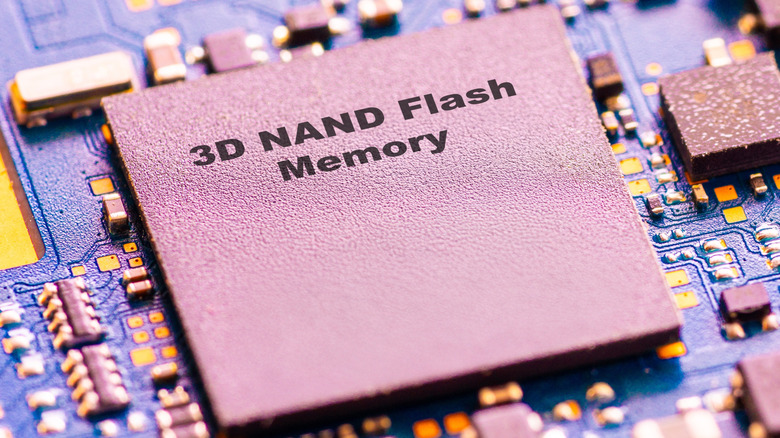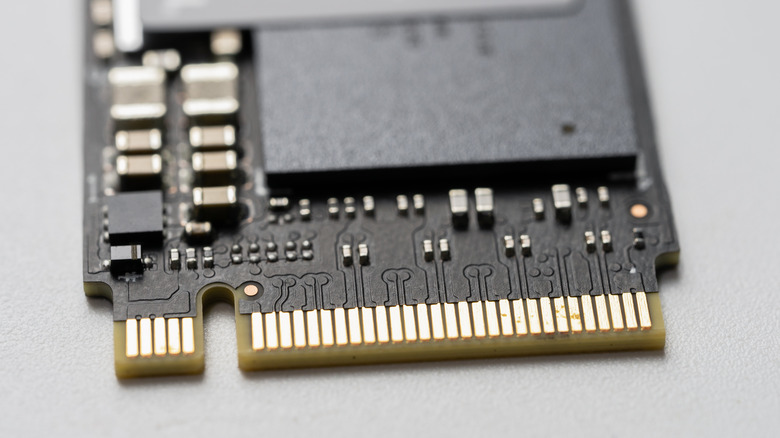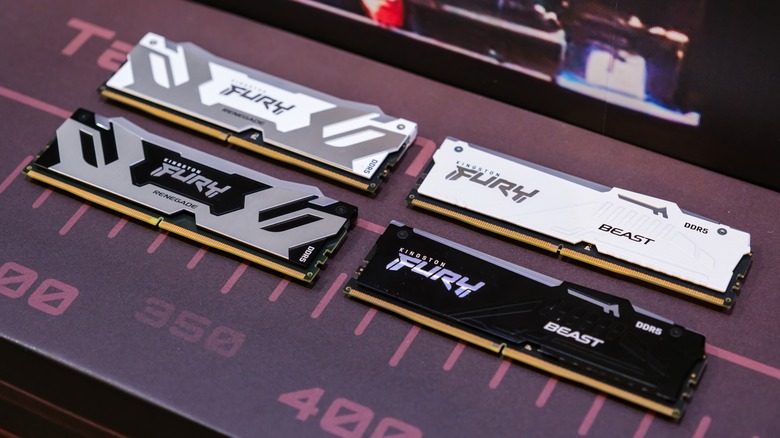What Is NAND Flash & Why Is It So Expensive?
Most smartphones and computers today boast extremely fast read and write speeds, thanks to a paradigm shift towards flash memory, especially in consumer PCs. NAND flash memory finds use in a variety of devices such as SD cards, SSDs, USB sticks, smartphone storage, and more. NAND flash is a type of non-volatile memory, meaning it can retain its data when the device is powered off. That's why you can view your saved photos years after taking them. This memory is fundamentally different from the volatile kind, like the RAM on your devices, which is cleared after each use cycle.
If NAND sounds like a funny name, it is because NAND stands for "Not And," a Boolean operation that signifies how the storage works. High-end and often expensive NAND flash modules are used in industrial applications needing blazing fast speeds and unparalleled reliability. The same tech also powers dirt-cheap USB drives that operate at much lower speeds. NAND flash prices have been a roller coaster ride since the COVID-19 pandemic. The prices have soared in recent times and are expected to rise further in the second half of 2025 due to a variety of factors. Let's take a closer look at how NAND flash memory works and understand why these versatile workhorses are becoming pretty expensive pretty fast.
How does NAND flash work?
NAND flash works by employing billions of tiny semiconductor-based transistors to store, modify, and delete data. A basic transistor consists of a source, gate, and drain. The gate stops electrons from the source from flowing to the drain unless a threshold voltage is applied. NAND flashes use a floating gate inside this transistor to make memory cells suitable for storing data. The floating gate can store electrons in varying proportions, which further increases the threshold voltage depending on the electron density inside it. The floating gates on NAND flash are electrically insulated using isolation layers to keep the charge intact even when the device is powered off.
Now, consider two memory cells, one with no electrons inside the floating gate and the other with some electrons. When you start increasing the voltage, the memory cell with the empty floating gate switches on first due to a lower threshold. The other memory cell needs a greater threshold voltage to switch on. The floating gate allows differentiation between memory cells based on the electron density in the floating gate. The memory cells with empty floating gates are conventionally read as a 1, and filled gates are read as 0 in single-bit operations. Memory controllers read these cells by varying the voltage and checking the stored bits. Computers turn every photo, video, or file you interact with into binary code of 0s and 1s to store them on NAND or other storage devices.
NAND flashes are expected to get expensive
While NAND flashes have progressively become more affordable at large, their market has seen some volatility lately due to the pandemic and recent developments in AI. The supply chain took a massive hit during the pandemic as demand fell and manufacturers faced an oversupply of NAND flashes. Flash devices, such as SSDs, were at their most affordable during 2023. However, SSD prices have been going up ever since.
AI has also fueled the surge in prices as server-grade computers powering generative AI require high-speed NAND storage. As the AI race between giants like OpenAI's ChatGPT and Google's Gemini intensifies, the demand for NAND flash is expected to further rise in the future. According to chipmaker Kioxia, the demand for flash storage could almost triple by 2028, largely fueled by its AI applications. Moreover, the demand for flash storage in the consumer segment is also expected to grow in tandem with the industry demand, which might lead to more expensive times for NAND flash in the latter half of 2025.


